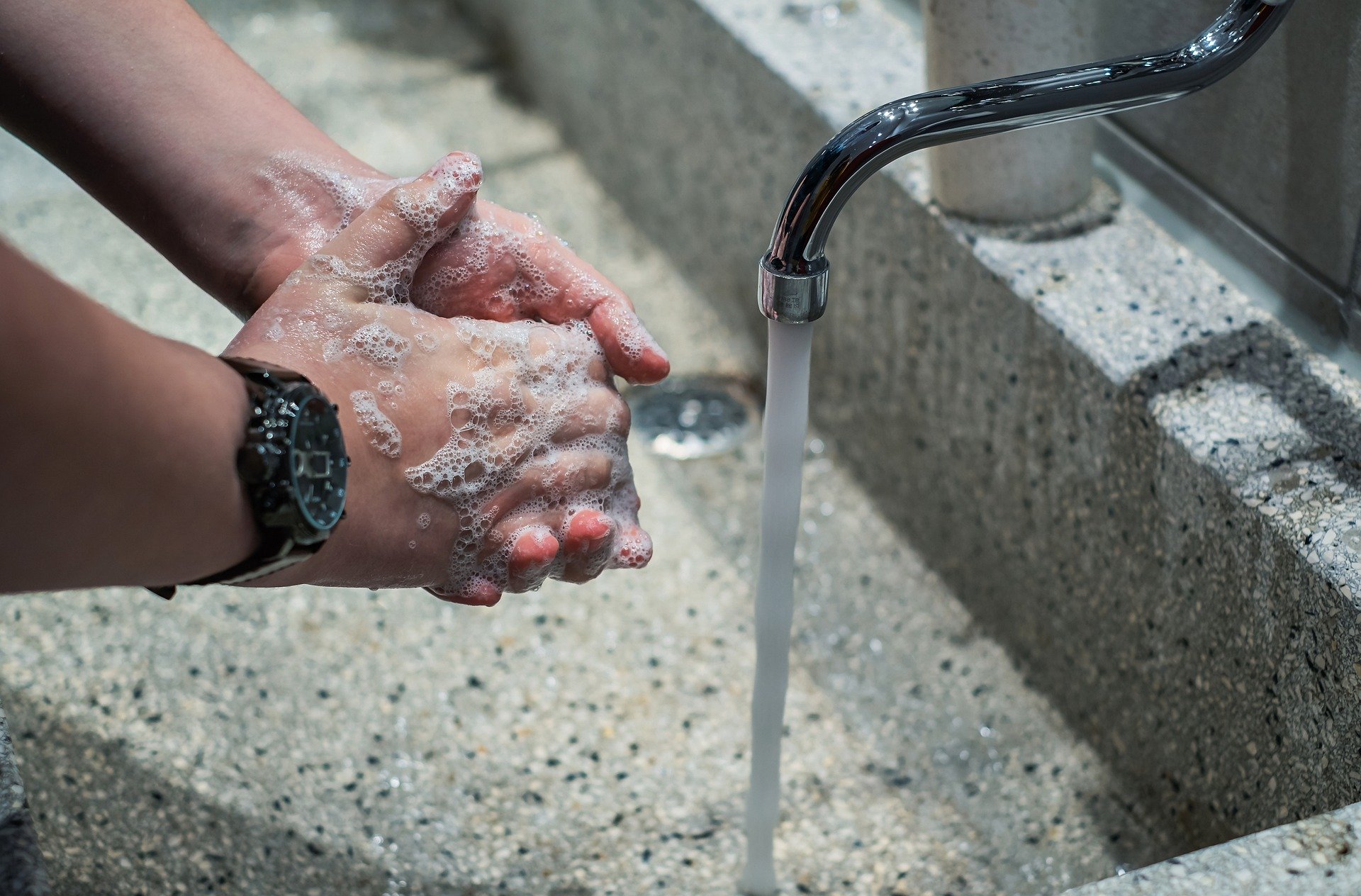Considering OSHA's Sanitation Standard 1910.141 during the COVID-19 Pandemic
Posted by Zing Green Safety Products on Jul 16th 2020
As businesses reopen under the difficult circumstances of a global pandemic, it is an especially good time to make sure you are compliant with OSHA’s industrial hygiene standard (1910.141). This standard provides a base from which more stringent requirements can be added. The rules in the standard promote hygiene, slow the spread of germs, and prevent foodborne illness. As such, the standard will remain vital even after the current pandemic has ended. But can OSHA’s hygiene standard teach us anything about reopening safely?

It is important to note that complying with OSHA standard 1910.141 will not provide comprehensive protection from COVID-19. OSHA has released a separate series of guidelines specifically relevant to COVID-19. As of this writing, the guidelines are not part of any standard and are not considered to be binding. It is recommended that the guidelines be considered in conjunction with the existing standards.
What does the standard require?
Good Housekeeping
The first requirement (Section A of the standard) concerns good housekeeping. Every workplace is required to be kept clean and as free of clutter as possible. Floors and surfaces should be kept dry and free from loose nails, loose boards, or any irregular surface that can cause injury. Waste receptacles must be constructed so that they can hold waste in a sanitary manner with a tight-fitting cover (unless it can be shown that the receptacle is equally sanitary without a cover). Waste receptables must also be emptied often and able to be thoroughly cleaned.
How can good housekeeping help during the covid-19 pandemic?
Since COVID-19 can live on surfaces for up to 72 hours on some surfaces, cleaning frequently touched surfaces is especially important. The virus may spread from touching an infected surface and then touching the nose or mouth. Surfaces should be first cleaned with water and a detergent, then disinfected. A list of EPA approved disinfects can be found here.
Water and Cleaning
Sections B through D of the standard concern water supply, toilet, and hand washing requirements. Potable water (that is, water suitable for drinking according to the standards set forth by the Environmental Protection Agency [EPA]) must be provided by the employer for drinking, washing of the person, washing of eating utensils, cooking, and personal service rooms. Water drinking dispensers must be sanitary, closed, and equipped with a tap. Shared drinking cups or pails are prohibited. Any non-potable water (such as water for firefighting or industrial use) must be clearly marked as not safe for drinking, food preparation or cleaning, or personal service rooms. Non-potable water may be used for cleaning work premises, but only if it does not contain anything that could create unsanitary or harmful conditions to employees (such as fecal coliform or concentrated chemicals).
The number of toilets required in a facility depends upon the number of employees. Each toilet should have its own enclosed space and have a safe method of sewage disposal. Handwashing stations must be available convenient to every restroom, with hot and cold water, soap, and drying materials. The standard allows for individual paper or cloth towels, or blow-drying machines. If your facility has showers, hot and cold water, soap, and individual towels are also required.
How can proper water and cleaning rules help during the covid-19 pandemic?
The rules set forth in the standard are important but may not be safe enough to slow the spread of COVID-19. In addition to the requirements listed above, face coverings and strict occupancy and social distancing guidelines may need to be instituted. Single use drying towels should also be used instead of blow-drying machines, which may harbor germs.
Food Handling and Preparation
The standard also applies to eating, food handling, food waste, and food cleaning. Designated food and drinking areas must be provided, set safely apart from toilet rooms or any toxic materials. Food waste containers must be provided and must be able to be tightly covered and easily cleaned. Disposable food covers are safest; reusable covers must not be used more than once in a day, and thoroughly cleaned after each use. If food is offered on site, it must be wholesome and safely prepared and handled.
Do food preparation rules need to be revised during the covid-19 pandemic?
There is not currently evidence that COVID-19 is a foodborne illness. Social distancing guidelines and face covering requirements may need to be put in place in kitchen or rest areas to prevent potential spread. The safe food handling guidelines should continue to be followed.
CONCLUSION
Osha's Sanitation Standard is still important. It helps slow the spread of germs and illnesses. Consider performing a self-inspection of your workplace to see if you are compliant and if your hygiene program can be improved. Employees should also be educated about the requirements of the standard. The standard remains a good starting point, but may not be enough to protect against COVID-19. Make sure to stay up to date and follow your local guidelines.
